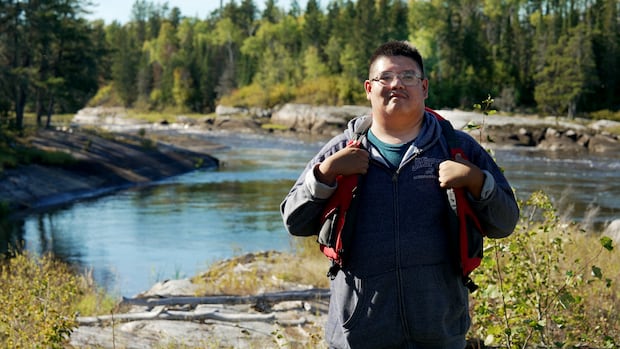
Owen Bear is learning to love the land, designated as Canada’s first mixed cultural and natural World Heritage Site, which surrounds his home community of Poplar River First Nation.
The area is known as Pimachiowin Aki, which in Anishinaabemowin translates to “the land that gives life.” It was given the designation by the United Nations Educational, Scientific and Cultural Organization’s World Heritage Committee in 2018.
“I never got to enjoy it as a kid … but now I get to come out here and just live,” Bear said.
The area is part of the largest stretch of untouched boreal wilderness left on earth, home to millions of trees, hundreds of lakes and rivers and wetlands, as per the description on Pimachiowin Aki’s website.
“I think it’s a really beautiful place and it is one of our traditional lands that we have the right to go to and people have been going there years and years,” Bear said in an interview along the banks of the Poplar River.
The commemorative UNESCO designation recognizes the area for both its natural beauty and cultural significance as the ancestral home of the Anishinaabe people for more than 7,000 years.
It’s a pristine wilderness area straddling the Manitoba-Ontario border home to two provincial parks and four First Nations: Ontario’s Woodland Caribou Provincial Park, Manitoba’s Atikaki Provincial Park, Poplar River First Nation, Pauingassi First Nation, Little Grand Rapids First Nation and Bloodvein First Nation.
The whole area covers more than 29,000 square kilometres — about the size of Belgium — and is legally protected from all commercial logging, mining, hydroelectric development. All waterways are free of diversions and dams.
Each of the four First Nations has what’s known as a lands guardian.
Bear, who’s 23, was approached by First Nation leaders earlier this year to take the position of lands guardian for Poplar River this past August to help protect the World Heritage Site for generations to come.
The lands guardian program is funded by a grant from the First Nations National Guardians Network.
“A lands guardian could be many things,” Bear said. “Our job is never the same, so there’s always something new to do such as going outside, to collecting samples for the dirt and muskegs or water samples.”
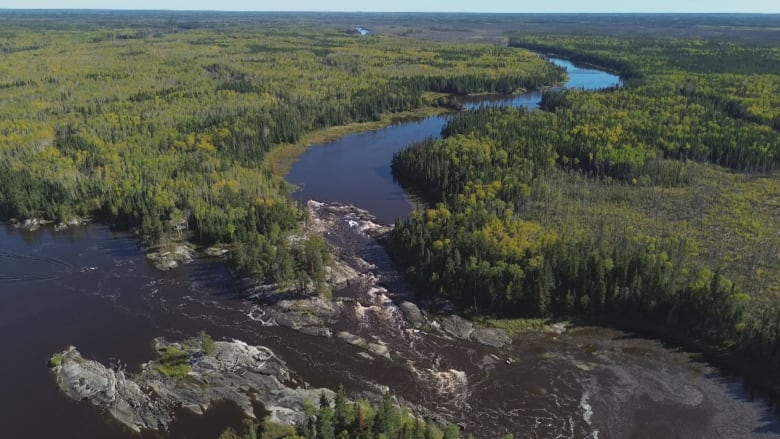
Muskeg samples are to check how dry the land is to monitor the risk of forest fires, which have previously ripped through this area. Water samples are used to measure water quality.
Bear’s also responsible for preventing overhunting or illegal hunting and making sure the wishes of elders are respected.
Part of Bear’s job also involves checking on shoreline erosion and monitoring water levels on the Poplar River. It’s important for fishers and other boaters to know when they’re travelling through river’s many rapids, he said.
Bear said “depending on how high or low” the river is “there could be a rock in those channels because of the effects of the water depth.”
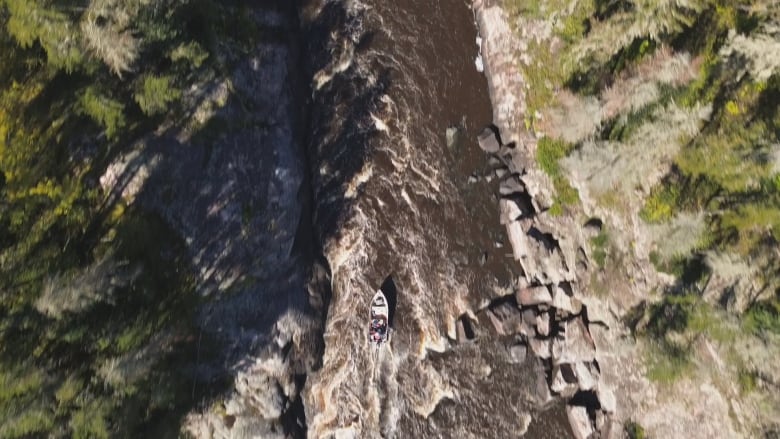
Willard Bittern, Poplar River’s fire chief, has been travelling up and down the river for many years. He drives his motorboat upstream and downstream through several sets of rapids, which can be challenging depending on the river level.
Using the Poplar River to access the land has been a tradition in his family passed on to him by his father.
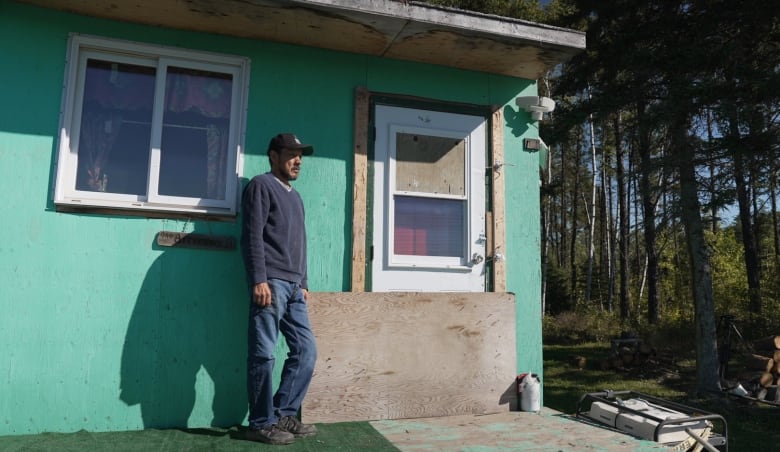
Bittern has a cabin right along the river where he spends a lot of his free time, using it as an outpost during moose harvests and for rest and relaxation.
“I’ve been travelling this river … so many years with my kids, my wife, my hunting buddies,” Bittern said.
“It’s a beautiful place.”
He describes it as “peaceful and quiet” with “no vehicles and no dogs barking.”
Ed Hudson, a Poplar River First Nation councillor who serves on the board of directors for Pimachiowin Aki, said the land is important to people in the community.
“To me, the main thing is the land to be left intact just the way it is in its natural state,” Hudson said. “It produces healthy animals that give us sustenance, like the little animals we harvest. They need good clean water and good clean land for them to be healthy as well.”
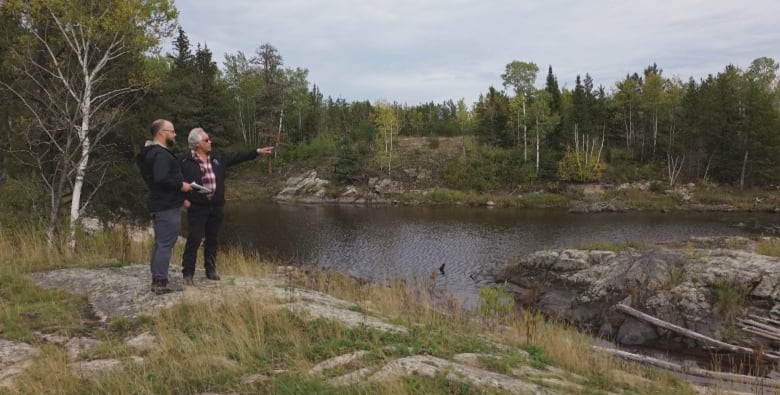
Poplar River has an 8,600 square kilometre area within Pimachiowin Aki, known as Asatiwisipe Aki, which is the community’s traditional territory and trapline section.
Provincial legislation which was put in place before the World Heritage Site designation protects both areas from development.
“I’ve always prioritized our traditional territory first because we have that protected and it’s legislated, and then comes Pimachiowin Aki over it as sort of an added protection,” Hudson said.
Bear also puts out song meters, which record birdsong, on the land as part of his job, and the audio recordings are sent to the National Audubon Society which monitors birds and their habitats.
Researchers with the Canadian Wildlife Service and the University of Manitoba Natural Resources Institute have also conducted migratory bird monitoring surveys in recent years using data gathered in Pimachiowin Aki.
As a lands guardian, Bear hopes he can help restore wildlife populations, preserve wildlands and encourage more people to start eating more traditionally.
“It feels good,” he said. “It feels good to connect on the land, connect with myself and see our beautiful land and just enjoy it.”
A 23-year-old resident of Poplar River First Nation recently became the community’s lands guardian. Owen Bear is now tasked with protecting the land that’s known as Pimachiowin Aki, which in Anishinaabemowin translates to “the land that gives life.”
